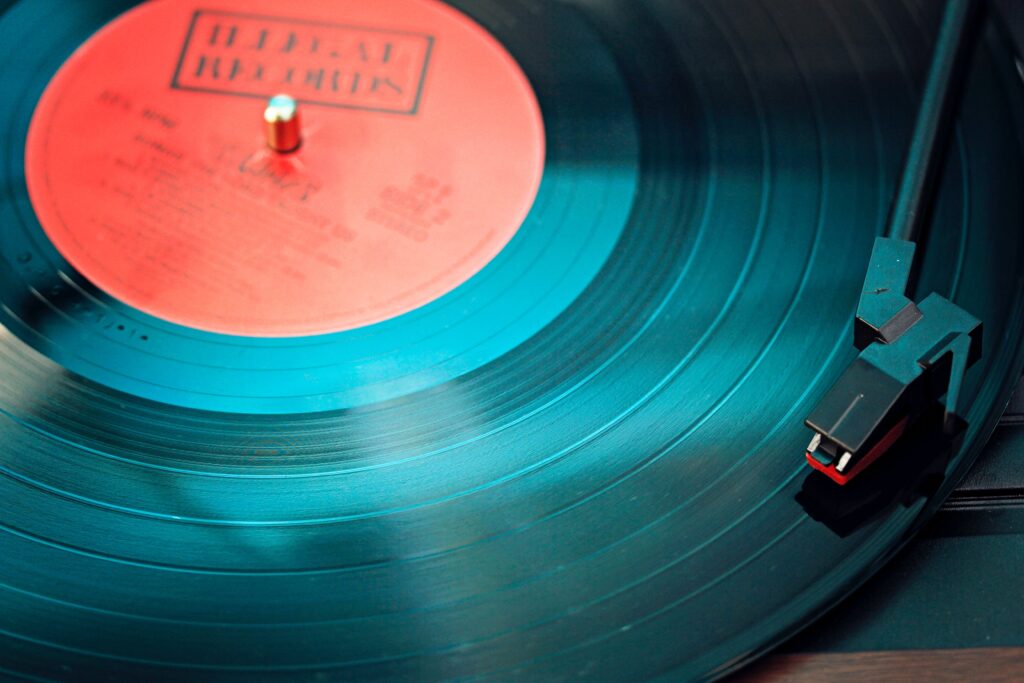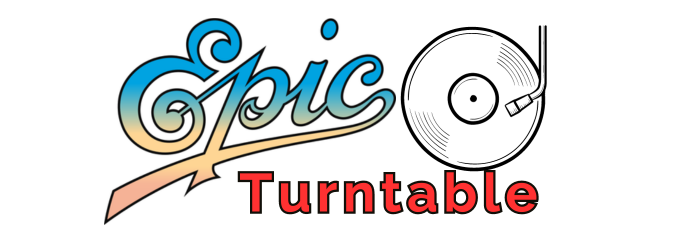Whether you’re just starting out with vinyl records or have been collecting them for years, proper turntable cartridge alignment is essential for achieving optimal sound quality. In this beginner’s guide, we will explore the importance of aligning your turntable cartridge correctly and provide step-by-step instructions on how to do it. By following these simple instructions, you’ll be able to ensure that your records are played with maximum fidelity and enjoy a listening experience that is truly out of this world. So grab your turntable and let’s get started on aligning that cartridge!

Choosing the Right Cartridge
When it comes to turntable cartridge alignment, the first step is to choose the right cartridge for your setup. There are various types of cartridges available, including moving magnet (MM) and moving coil (MC) cartridges. Each type has its own characteristics and sound qualities, so it’s important to understand the differences and choose a cartridge that suits your preferences.
Consider the compatibility of the cartridge with your turntable. Different turntables have different specifications, such as tracking force and impedance, which the cartridge should be compatible with. Make sure to check the manufacturer’s information or consult a professional to ensure compatibility between the cartridge and your turntable.
Budget considerations are also important when selecting a cartridge. Cartridges can range in price from affordable to high-end models, so it’s essential to set a budget and choose a cartridge that offers good value for money within your budget range.
Understanding Cartridge Alignment
Cartridge alignment plays a crucial role in optimizing the sound quality of your vinyl records. Proper alignment ensures that the stylus accurately tracks the grooves of the record, minimizing distortion and maximizing fidelity. Misalignment, on the other hand, can lead to issues such as distorted sound, channel imbalances, and premature wear of the stylus and records.
There are different types of alignment methodologies, including null points, Baerwald, Stevenson, and Lofgren-B. Each methodology has its own geometry and alignment specifications, so it’s important to choose a method that suits your turntable and cartridge combination.
Preparation for Alignment
Before you can begin aligning your cartridge, it’s important to gather the necessary tools and prepare your turntable. The tools required for alignment typically include a protractor, a stylus magnifier, a small screwdriver for adjusting the tonearm, and a spirit level for checking the turntable’s horizontal level.
Cleaning the turntable is essential to ensure accurate alignment. Dust, debris, and dirt can interfere with the alignment process and affect the performance of the cartridge. Use a soft brush or a microfiber cloth to gently clean the turntable platter and tonearm, ensuring that no residue or particles remain.
Mounting the cartridge correctly is another crucial step in the alignment process. Refer to the manufacturer’s instructions or consult a professional to ensure proper mounting of the cartridge on the tonearm. Improper mounting can lead to misalignment and compromise the sound quality.
Setting Up the Alignment Protractor
To align the cartridge accurately, you will need an alignment protractor. You have the option to either print a protractor template or purchase a pre-made protractor designed for your specific turntable model. The protractor provides the necessary reference points to align the cartridge correctly.
Start by preparing the protractor. If you printed a template, ensure that it is printed correctly and free of any distortions or scaling issues. If you purchased a pre-made protractor, carefully follow the manufacturer’s instructions for preparing it.
Place the protractor on the platter of your turntable. Make sure it sits flat and level on the surface. Align the spindle hole of the protractor with the turntable’s spindle, ensuring that it is centered and properly aligned.

Using the Overhang Adjuster
The overhang adjuster is a crucial tool for aligning the cartridge geometry. It helps determine the correct position of the cartridge stylus relative to the tonearm pivot point.
Identify the overhang points specified by the cartridge manufacturer. These points are typically marked on the cartridge body or in the user manual. Use a stylus magnifier to ensure accurate identification of the overhang points.
Adjust the tonearm position accordingly to align the cartridge with the overhang points. Use a small screwdriver to make the necessary adjustments. Take your time and make small incremental adjustments to ensure precision.
Check the alignment using the protractor. Position the stylus at the specified points on the protractor and observe its alignment with the gridlines. Fine-tune the alignment until the stylus aligns perfectly with the gridlines, ensuring optimal cartridge geometry.
Aligning the Cartridge Geometry
The Baerwald alignment method is one of the most commonly used methodologies for aligning cartridge geometry. It is based on the premise that the ideal tracking path of the stylus through the record’s grooves should be an arc of a circle.
Adjusting the pivot to spindle distance is a crucial step in the Baerwald alignment method. Measure the distance between the tonearm pivot point and the spindle center of your turntable. Consult the manufacturer’s specifications or use a ruler to accurately measure this distance.
Using the Baerwald alignment calculator or a specific adjustment scale, make the necessary adjustments to achieve the correct pivot to spindle distance. This ensures that the stylus accurately tracks the grooves of the record, minimizing distortion and maximizing sound quality.
Fine-tune the alignment by checking the cartridge at different points on the alignment protractor. Adjust the tonearm’s horizontal position, as well as the overhang adjuster, if necessary, to achieve optimal alignment. Take your time and make small incremental adjustments to ensure precise alignment.

Verifying the Alignment
Once you have completed the alignment process, it’s important to verify the accuracy of the alignment. There are different methods you can use to check the alignment and make sure it is correct.
One method is to use a stylus magnifier to examine the alignment of the stylus tip within the record grooves. The stylus should be aligned parallel to the gridlines on the protractor, indicating proper alignment.
Listening tests are also an important way to verify alignment. Play a selection of records and listen carefully to the sound quality. If the alignment is correct, you should notice improved clarity, separation, and overall fidelity.
Checking with different alignment methods can provide additional assurance. Compare the results of different alignment methodologies and ensure that they consistently align with each other.
Maintaining Cartridge Alignment
Once you have successfully aligned your cartridge, it’s important to maintain the alignment over time. Proper maintenance will ensure consistent and optimal performance.
Regularly clean the stylus to prevent dust and debris buildup. Use a stylus brush or a cleaning solution specifically designed for stylus cleaning. Gently brush or wipe the stylus to remove any dirt or residue that may affect its performance.
Periodically check the alignment of the cartridge. Over time, vibrations and other factors may cause the alignment to shift slightly. Realign the cartridge if necessary to maintain optimal sound quality.
Troubleshooting Alignment Issues
If you encounter alignment issues, there are a few common problems you may come across.
Skewed alignment can occur if the cartridge is not properly mounted or adjusted. Ensure that the cartridge is securely mounted on the tonearm and that the overhang adjuster is accurately positioned.
VTA (Vertical Tracking Angle) problems can result in improper alignment. Check that the tonearm’s height is correctly adjusted and that the VTA is set according to the manufacturer’s recommendations.
Warping or warping residue on records can affect alignment. Clean your records regularly and inspect them for warping or residue that may cause tracking issues. Replace any severely warped or damaged records to prevent alignment problems.
Conclusion
Proper cartridge alignment is essential for achieving high-quality vinyl playback. By choosing the right cartridge, understanding alignment principles, and following the proper alignment procedures, you can optimize the performance of your turntable and enjoy the full potential of your vinyl collection.
Take the time to gather the necessary tools, clean your turntable, and mount the cartridge correctly. Set up the alignment protractor carefully, utilize the overhang adjuster, and fine-tune the alignment to achieve optimal cartridge geometry. Verify the alignment using various methods, and regularly maintain the alignment to ensure consistent performance.
By following these steps and troubleshooting any alignment issues that may arise, you can enjoy a superior listening experience that faithfully reproduces the music on your vinyl records. So, grab your favorite album, carefully align your cartridge, and immerse yourself in the world of high-quality vinyl playback. Happy listening!

Hi there! I’m Eric Hoffman, the author behind EpicTurntable.com. I’m passionate about revolutionizing your music experience through vinyl. At EpicTurntable.com, you’ll find everything you need – from turntables and vinyl records to accessories. Whether you’re an audiophile or just starting out, I offer expert reviews, insightful articles, and the latest trends in the world of turntables. Dive into our community forums to connect with fellow vinyl lovers, or explore our online store for exclusive deals. Join me at EpicTurntable.com, where I’m dedicated to bringing you the classics and the latest hits all in one place!

